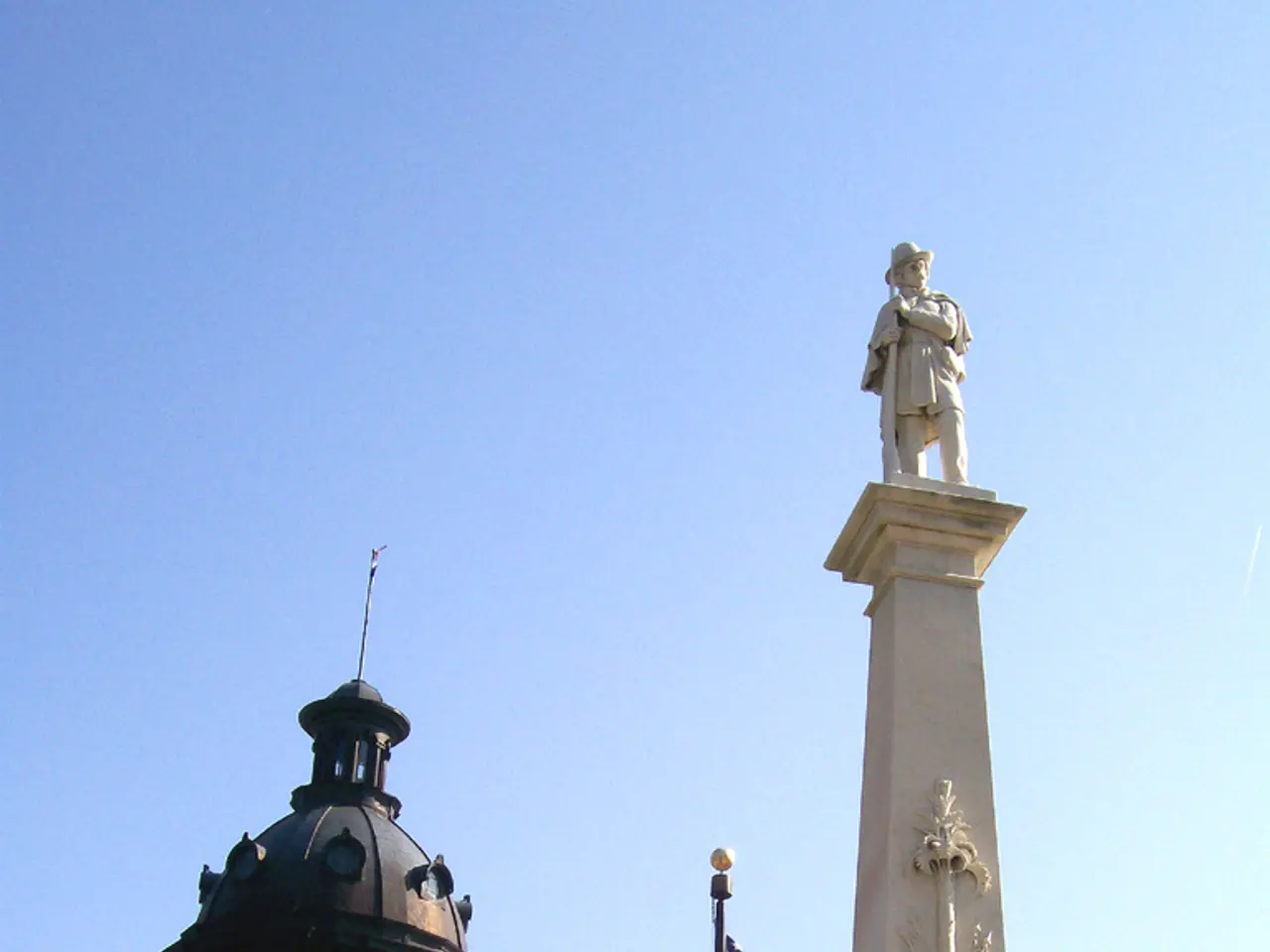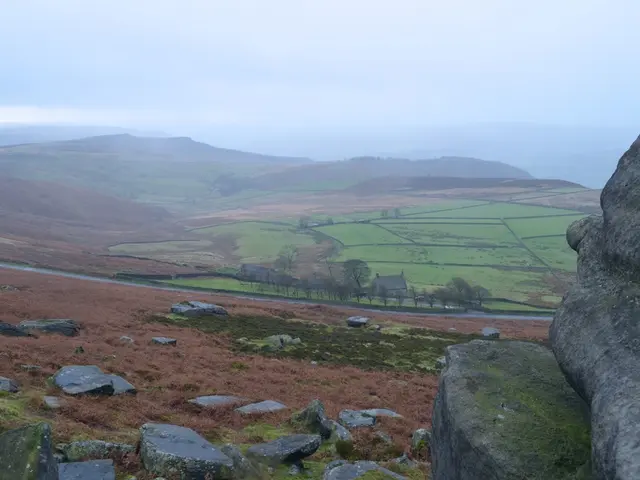Enchanted Monastic Island of France - Enchanted island of monasteries in France
Mont-Saint-Michel, a UNESCO World Heritage site and one of France's most popular tourist attractions, has undergone a significant transformation in recent years. At the heart of this change is the restoration of its bridge, a project that aims to preserve the island's unique tidal environment and improve access for visitors.
A Brief History of Mont-Saint-Michel's Bridge
Before the recent restoration efforts, Mont-Saint-Michel was connected to the mainland by a causeway, a connection that dated back to 1879. This causeway, however, prevented the natural tidal flow from scouring away sediment, leading to the silting up of the bay.
In June 2006, a €200 million project was announced to restore Mont-Saint-Michel's tidal access. The project included the construction of a hydraulic dam and the removal of the old causeway. The new bridge, designed by architect Dietmar Feichtinger, was completed in 2015.
The Impact of the Restoration
The restoration has had several significant impacts on Mont-Saint-Michel's tidal access:
- Improved Tidal Flow: The removal of the old causeway and the construction of the new bridge have allowed the tides to flow more freely around the island, reducing silt buildup and helping to restore Mont-Saint-Michel's status as a tidal island.
- Enhanced Dam Functionality: The dam uses the natural tidal flow to mobilize sediment away from the island. By closing and opening sluice gates at specific times in relation to high tide, the dam facilitates the efficient removal of sediment, which is crucial for maintaining the bay's natural balance.
- Increased Accessibility for Visitors: The new bridge ensures that visitors can access the island more easily. Visitors can now walk or take a shuttle service from a new car park located 2.5 kilometers from the island, improving accessibility under all tidal conditions.
A Glimpse into Mont-Saint-Michel's Past
Mont-Saint-Michel traces its roots back to 708, according to tradition. The Bishop Aubert of Avranches had a vision of the Archangel Michael ordering him to build a church, which led to the construction of Mont-Saint-Michel. Over the centuries, Mont-Saint-Michel evolved into a unique architectural complex that combines Gothic, Romanesque, and Classical styles.
French kings like Louis IX, Francis I, and Charles IX personally traveled to Mont-Saint-Michel to pray. Other nobles, like the Norman Duke Richard II, held their weddings within the hallowed walls of Mont-Saint-Michel. Mont-Saint-Michel became one of Europe's most significant pilgrimage sites.
Today, Mont-Saint-Michel stands as a testament to the rich history of Europe, a masterpiece of medieval architecture that has been in existence for over 1,300 years. The restoration of its bridge is a testament to France's commitment to preserving its historical sites for future generations.
[1] Le Monde, "Mont-Saint-Michel : le pont, le dam et la baie," 2014. [2] UNESCO, "Mont-Saint-Michel," 2017.
- The restoration of Mont-Saint-Michel's bridge not only enhances the tidal flow and functionality of the dam, but it also revives a lifestyle of visitors accessing the island under various tidal conditions, following the home-and-garden changes.
- As Mont-Saint-Michel's bridge transforms travel to the UNESCO World Heritage site, it reminds us of a rich past when French kings and nobles journeyed to the historical site for pilgrimage, capturing the essence of a unique lifestyle and travel experience.






